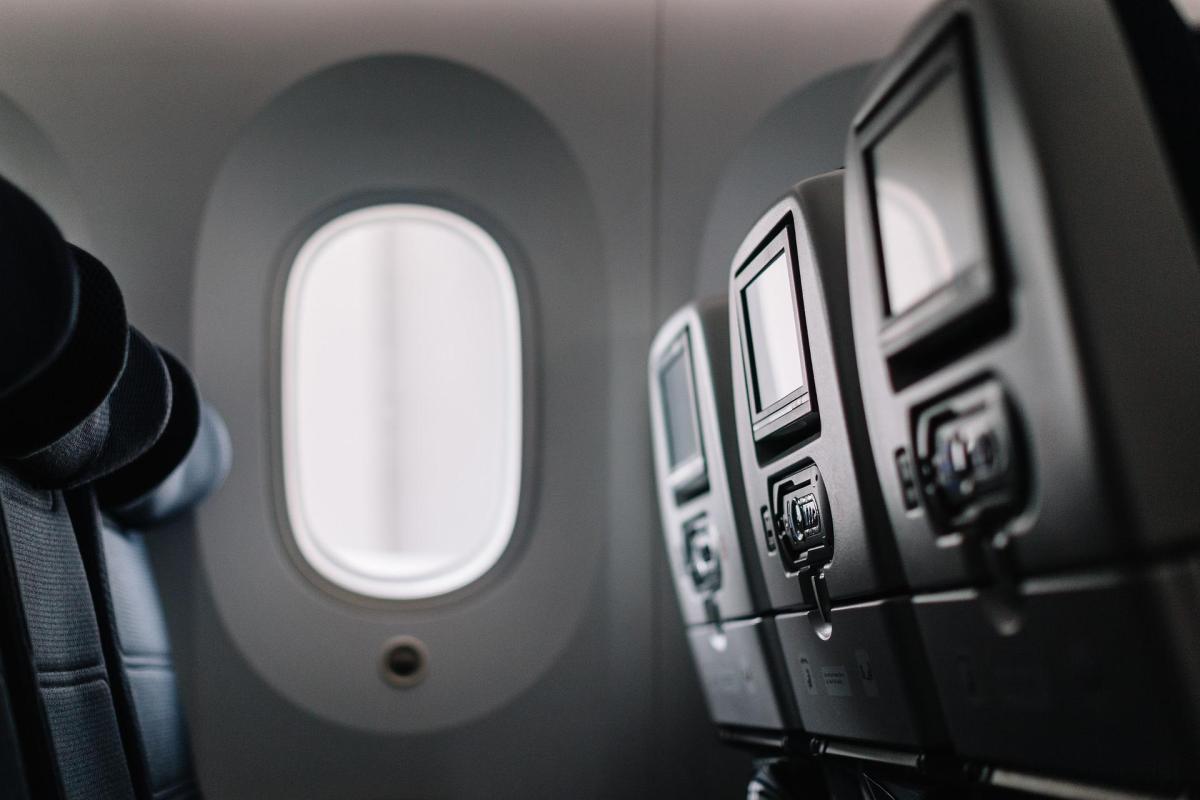Optimizing Data Exchange: Synchro to NMEA
Abstract
The rapid advancement of technology has led to an increasing demand for interoperability and real-time data exchange in various industries. One such integration is the synchronization of data between Synchro systems and the National Marine Electronics Association (NMEA) protocol. This paper explores the importance of optimizing data exchange between Synchro systems and NMEA, addressing compatibility, accuracy, and synchronization. We will discuss the benefits of this integration, challenges faced, best practices for implementation, and potential future developments in the field.
Table of Contents
- Introduction
- Understanding Synchro Systems
- 2.1 Overview of Synchro Technology
- 2.2 Applications of Synchro Systems
- The NMEA Protocol
- 3.1 NMEA Overview
- 3.2 Importance of NMEA in Data Exchange
- Challenges in Data Exchange Between Synchro and NMEA
- 4.1 Compatibility Issues
- 4.2 Data Accuracy Concerns
- 4.3 Synchronization Difficulties
- Optimizing Data Exchange
- 5.1 Best Practices for Integration
- 5.2 Tools and Technologies for Optimization
- Case Studies
- 6.1 Successful Synchro-NMEA Implementations
- Future Trends
- 7.1 Innovations in Data Exchange
- 7.2 The Role of AI and Machine Learning
- Conclusion
- Keywords
1. Introduction
In today’s interconnected world, the exchange of data across various systems is crucial for operational efficiency and decision-making. Synchro systems, commonly used in aviation, marine, and navigation industries, require precise data exchange mechanisms to ensure reliability and accuracy. The NMEA protocol serves as a standardized format for communication between marine electronics, facilitating interoperability between different devices. This paper delves into the optimization of data exchange between Synchro systems and NMEA, focusing on enhancing compatibility, accuracy, and synchronization.
2. Understanding Synchro Systems
2.1 Overview of Synchro Technology
Synchro systems are electromechanical devices used to transmit angular position information. They are predominantly used in applications that require real-time position data, such as navigation and control systems in aircraft, ships, and industrial machinery. Synchros utilize a rotating magnetic field to transmit data, allowing for continuous feedback on positional changes.
2.2 Applications of Synchro Systems
Synchro technology is widely applied in various sectors, including:
- Aerospace: Used for attitude indicators and autopilot systems.
- Marine: Essential for navigation and heading reference systems.
- Industrial Automation: Utilized in robotics and control systems for precise positioning.
3. The NMEA Protocol
3.1 NMEA Overview
The NMEA protocol, developed by the National Marine Electronics Association, provides a standardized communication interface for marine electronics. It enables devices from different manufacturers to share data seamlessly, ensuring compatibility and functionality. The protocol defines the format for various types of messages, allowing devices to interpret data accurately.
3.2 Importance of NMEA in Data Exchange
NMEA plays a vital role in the marine industry by ensuring that data from GPS, radar, and other navigational aids can be integrated into a cohesive system. Its standardized format reduces the complexity of data exchange, allowing for improved interoperability and efficiency in operations.
4. Challenges in Data Exchange Between Synchro and NMEA
4.1 Compatibility Issues
One of the primary challenges in data exchange between Synchro systems and NMEA is compatibility. Different manufacturers may implement the NMEA protocol differently, leading to inconsistencies in data interpretation. This can result in communication failures or inaccuracies, which can have significant implications, particularly in critical applications like navigation.
4.2 Data Accuracy Concerns
Data accuracy is paramount in any system relying on real-time information. Inaccurate data transmission can lead to faulty readings, which can compromise safety and operational efficiency. Ensuring data integrity during the exchange process between Synchro and NMEA systems is essential.
4.3 Synchronization Difficulties
Achieving synchronization between devices using different protocols can be challenging. Delays in data transmission, packet loss, and timing discrepancies can result in misaligned data outputs, affecting the overall performance of the system.
5. Optimizing Data Exchange
5.1 Best Practices for Integration
To optimize data exchange between Synchro systems and NMEA, several best practices can be employed:
- Standardization: Adopting a common standard for data formats can mitigate compatibility issues.
- Error Handling: Implementing robust error detection and correction mechanisms ensures data integrity.
- Real-Time Monitoring: Continuous monitoring of data exchange can help identify and resolve synchronization issues promptly.
5.2 Tools and Technologies for Optimization
Several tools and technologies can enhance the optimization of data exchange:
- Data Protocol Converters: These devices facilitate communication between Synchro and NMEA systems by converting data formats in real time.
- Software Solutions: Custom software can be developed to streamline data processing, ensuring accurate and timely exchange.
- Network Infrastructure: A robust network infrastructure is crucial for reliable data transmission, minimizing latency and packet loss.
6. Case Studies
6.1 Successful Synchro-NMEA Implementations
Case studies demonstrate the successful implementation of Synchro-NMEA integration in various industries. For example, in the maritime sector, a major shipping company adopted a Synchro-NMEA interface to enhance its navigation systems. This integration allowed for seamless data sharing between GPS units and onboard Synchro systems, resulting in improved navigational accuracy and operational efficiency.
7. Future Trends
7.1 Innovations in Data Exchange
The field of data exchange is constantly evolving. Future innovations may include the adoption of more advanced communication protocols, greater use of cloud-based solutions for data management, and enhanced security measures to protect sensitive information.
7.2 The Role of AI and Machine Learning
Artificial intelligence and machine learning have the potential to revolutionize data exchange processes. By analyzing large datasets in real time, AI can optimize data transmission, identify anomalies, and enhance decision-making processes, further improving the integration of Synchro and NMEA systems.
8. Conclusion
Optimizing data exchange between Synchro systems and the NMEA protocol is crucial for enhancing compatibility, accuracy, and synchronization in various applications. By addressing challenges related to compatibility, data integrity, and synchronization, industries can achieve greater efficiency and safety. The future of data exchange will likely be shaped by innovations in technology, standardization efforts, and the integration of advanced analytical tools.





